Intellectual Property Law Overview
Intellectual property law protects creations of the mind, such as inventions, literary and artistic works, and symbols.

Key Components of Intellectual Property Law
Patents
Definition: Protect inventions and grant exclusive rights to the inventor.
Example: A patent for a new medical device.
Trademarks
Definition: Protect symbols, names, and slogans used in commerce.
Example: Trademarking a company logo.
Copyrights
Definition: Protect literary, artistic, and musical works.
Example: Copyrighting a novel or song.
Trade Secrets
Definition: Protect confidential business information.
Example: A company’s proprietary manufacturing process.
Federal Laws
Patent Act: Governs patent protection.
Lanham Act: Governs trademarks.
Copyright Act: Governs copyrights.
State Laws
Vary by state but typically include protections for trade secrets.
Example: A state law providing remedies for misappropriation of trade secrets.
Causes of Action
- Unauthorized use of patents, trademarks, or copyrights.
- Unauthorized use of trade secrets.
- Producing and selling fake goods using another’s trademarks.
Resolutions and Remedies
- Injunctive Relief: Court orders to stop infringement.
- Monetary Damages: Compensation for financial losses.
- Royalties: Payments for the continued use of the intellectual property.
